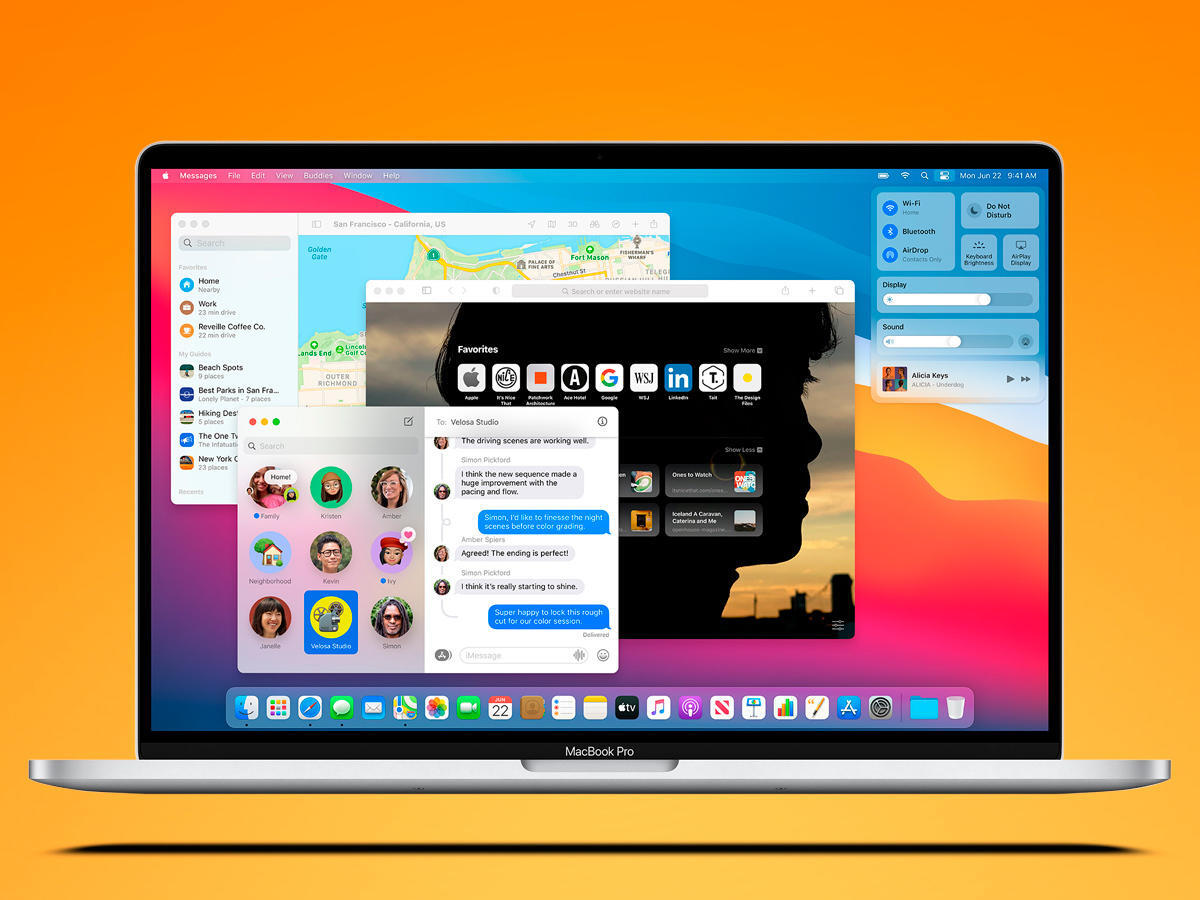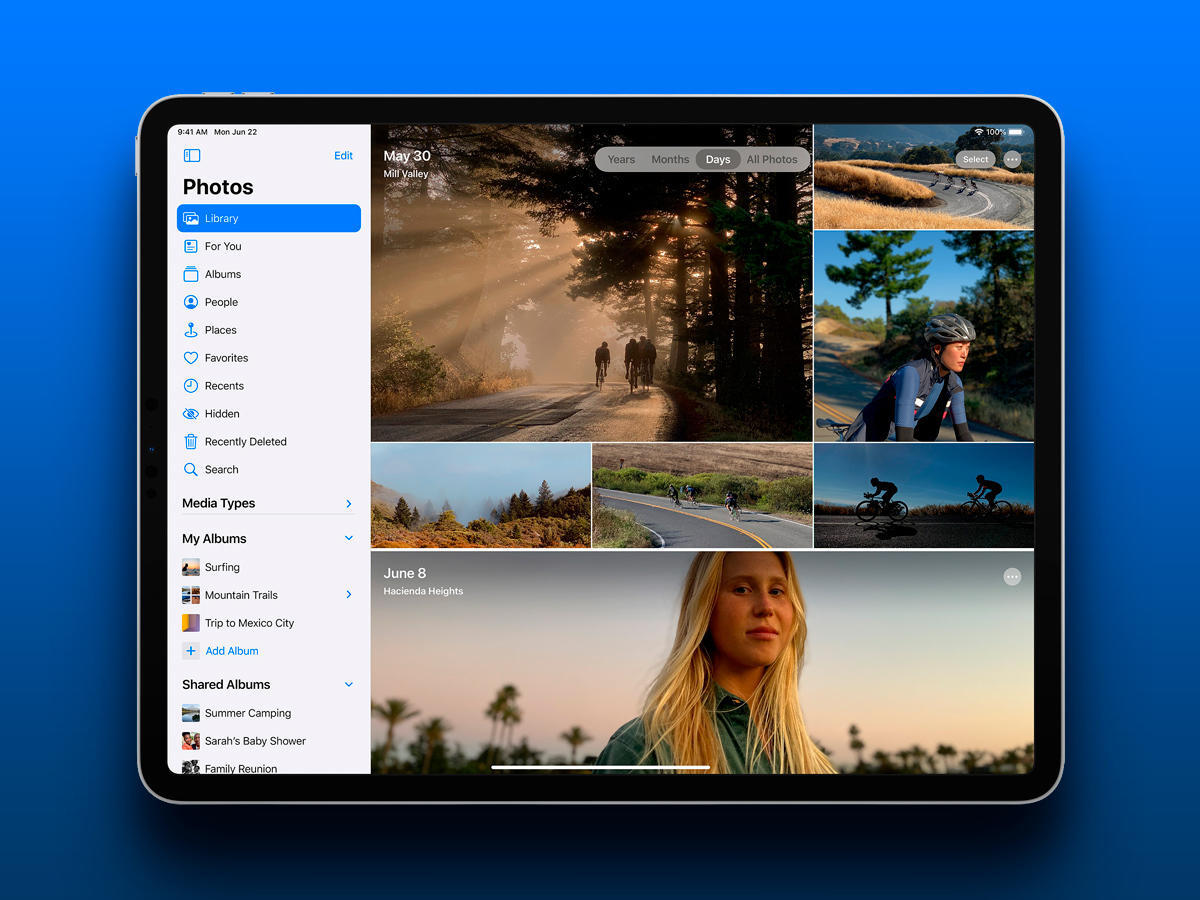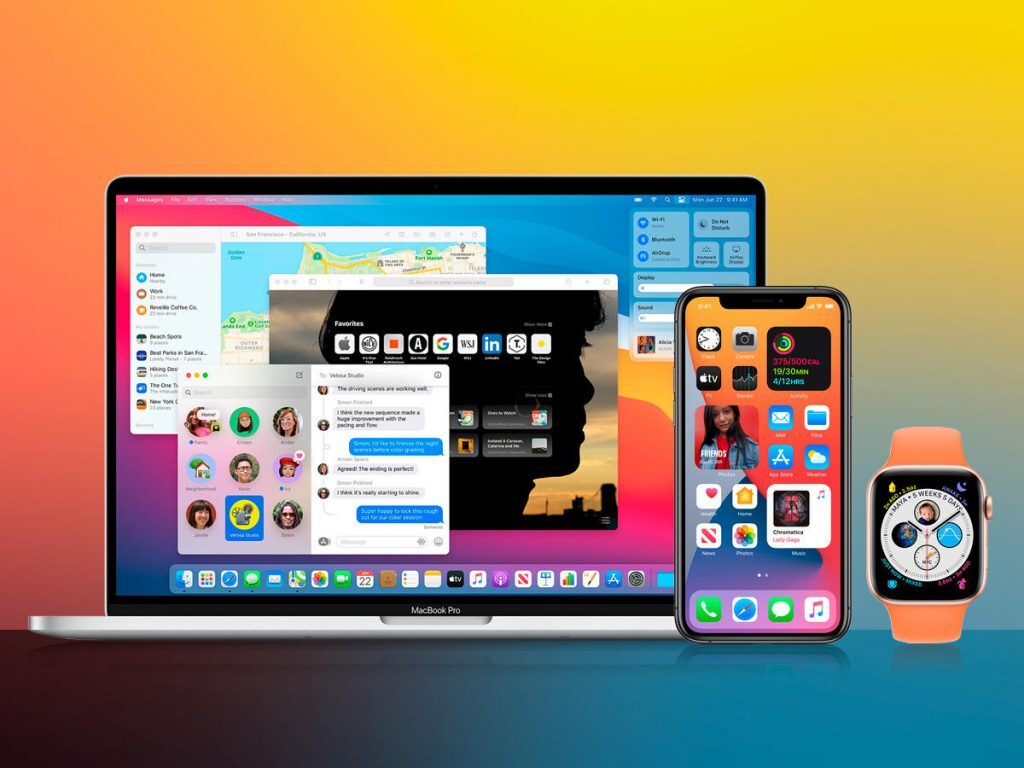 Every year it’s the same thing. Apple announces new software at WWDC and we get all excited. But with annual software launches comes the annual culling of the devices. Some years the harvest is less devastating than others but Apple not supporting your devices is a little like Agent Smith — inevitable.
Every year it’s the same thing. Apple announces new software at WWDC and we get all excited. But with annual software launches comes the annual culling of the devices. Some years the harvest is less devastating than others but Apple not supporting your devices is a little like Agent Smith — inevitable.
New generations of operating system are on the way for all of Apple’s products in 2020, from the Apple Watch to the Apple iPad. But not everyone’s going to be joyfully updating when release day comes. Read on to find out if you’ll be upgrading your Apple hardware to support the new and fancy features this year.
Watch your iPhone
 If you’re anything like us, the first device to jump to mind when it comes to Apple updates is the iPhone. If you’re wondering whether you’ll get iOS 14 running on your ancient tech, it’s rather easy. If your handset is from 2015 or later, you’ve got iOS 14 in your future. Specifically, if you’re running around with an iPhone 6s or newer — it doesn’t count if you bought that iPhone 5c in 2015. If you’re not exactly sure whether you have an iPhone 6 or 6s, the iPhone 6s will have one of these model numbers on its rear: A1633, A1688, or A1700. Similarly, for the iPhone 6 Plus vs the iPhone 6s Plus, you’re looking for these model numbers at the back of your phone: A1634, A1687, or A1699.
If you’re anything like us, the first device to jump to mind when it comes to Apple updates is the iPhone. If you’re wondering whether you’ll get iOS 14 running on your ancient tech, it’s rather easy. If your handset is from 2015 or later, you’ve got iOS 14 in your future. Specifically, if you’re running around with an iPhone 6s or newer — it doesn’t count if you bought that iPhone 5c in 2015. If you’re not exactly sure whether you have an iPhone 6 or 6s, the iPhone 6s will have one of these model numbers on its rear: A1633, A1688, or A1700. Similarly, for the iPhone 6 Plus vs the iPhone 6s Plus, you’re looking for these model numbers at the back of your phone: A1634, A1687, or A1699.
On the Apple Watch front, whether you’re getting your mitts on watchOS 7 just depends on the series you’re running. Any Apple Watch from Series 3 onwards will support watchOS 7, provided (and of course there are terms and conditions) you’re updating using an Apple mobile that supports iOS 14.
One Big (Sur) Mac, please
 Macbook and iMac users are in a similar boat to iPhone users. Some of you have to upgrade if you want the macOS Big Sur operating system. If you’re running a MacBook Pro, you need to be using a ‘Late 2013’ model Pro or better. You can check this by clicking the Apple icon in the top left corner of the screen, choosing About This Mac, and then checking the year designation next to the model name of your computer. If you’ve got an ‘Early 2013’ model, we’ve got bad news for you.
Macbook and iMac users are in a similar boat to iPhone users. Some of you have to upgrade if you want the macOS Big Sur operating system. If you’re running a MacBook Pro, you need to be using a ‘Late 2013’ model Pro or better. You can check this by clicking the Apple icon in the top left corner of the screen, choosing About This Mac, and then checking the year designation next to the model name of your computer. If you’ve got an ‘Early 2013’ model, we’ve got bad news for you.
Apple MacBook Air and Mac Pro users only need to check for 2013 onwards, while iMac and iMac Pro users have to come from 2014 onwards to be eligible to upgrade. Finally, if you’re rocking just a plain ole MacBook, it needs to be from 2015 and upwards in order to get a taste of the Big Sur.
An iPadded room
 Then there’s the confusing iPadOS 14 situations. iPadOS is a relatively new thing, as it used to all be iOS. Regardless, here’s what you’re looking for if you’re using an Apple slate. If you’re using an iPad Air, you’re set for iPadOS 14 if you’ve got a second-generation or better tablet.
Then there’s the confusing iPadOS 14 situations. iPadOS is a relatively new thing, as it used to all be iOS. Regardless, here’s what you’re looking for if you’re using an Apple slate. If you’re using an iPad Air, you’re set for iPadOS 14 if you’ve got a second-generation or better tablet.
If you’re using an iPad Mini , then it best be the fourth-gen or newer, while the stock iPad has to be fifth-generation and onwards. If you’re using an iPad Pro of any description, you’ve got iPadOS 14 in your near future. IPads aren’t as easy to tell apart as iPhones, especially if you haven’t kept the receipt, but Apple’s got an identification guide online for you to check out.




